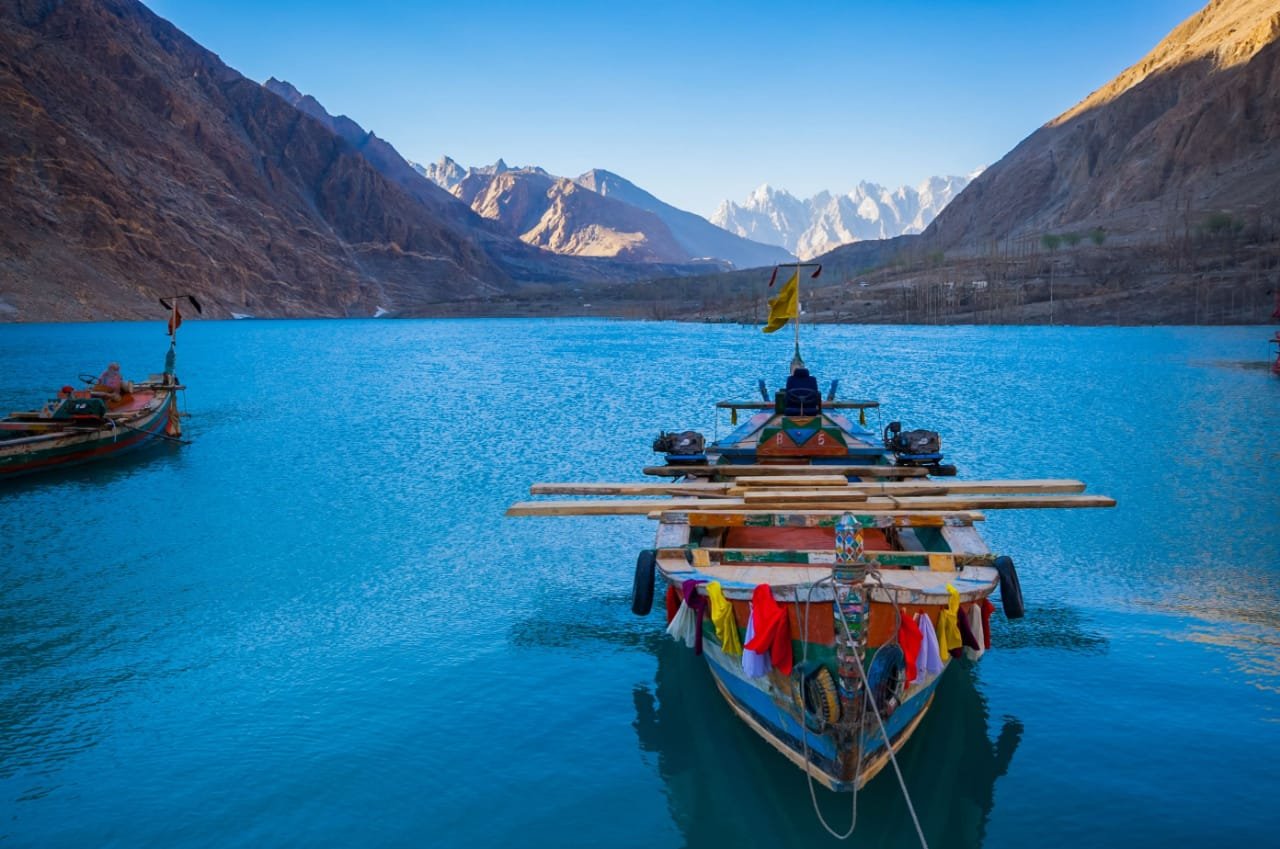Overview of COVID-19 Impact on Travel in the USA
The COVID-19 pandemic has profoundly disrupted travel in the United States, leading to unprecedented challenges for travelers and the travel industry alike. Beginning in early 2020, various states implemented strict lockdown measures to curb the spread of the virus, resulting in significant travel restrictions. As a result, air travel plummeted, with the Transportation Security Administration (TSA) reporting a decline of over 90% in passenger throughput compared to pre-pandemic levels. This substantial decrease set the stage for economic strain on airlines, hospitality services, and tour operators, many of which faced financial insolvency.
The gradual reopening of states began in mid-2020, with travel restrictions being lifted in phases. Each state adopted its own approach, often depending on local COVID-19 case numbers and vaccination rates. As a reflection of this evolving landscape, various states instituted differing guidelines regarding mask mandates, social distancing, and capacity limits in public venues, causing confusion for travelers trying to navigate the complexities of interstate travel during this period. The reliance on state-specific regulations emphasized the importance of awareness, as what may be permitted in one state could be prohibited in another.
In terms of travel volume, national parks and domestic destinations saw a surge in popularity as travelers sought open spaces and outdoor experiences, leading to a shift in the tourism dynamics. Conversely, urban destinations characterized by large gatherings, such as conferences and entertainment events, experienced a slowdown that echoed throughout the hospitality industry. The importance of staying informed about current travel restrictions is paramount for those wishing to navigate the changing landscape of travel in the USA. As the situation develops, vigilance in following state-by-state regulations and adhering to health guidelines remains essential for a safe travel experience.
Guidelines and Requirements for Travelers
Traveling within the United States during the ongoing COVID-19 pandemic necessitates adherence to several guidelines and requirements aimed at ensuring the safety of all individuals. As the situation evolves, these measures are subject to regular updates from health organizations and government authorities. Travelers should remain vigilant and informed of the latest protocols before embarking on their journey.
First and foremost, one of the most critical requirements is the use of masks in certain settings. While federal guidelines may recommend mask-wearing in crowded places, specific states and cities may impose their own mandates, necessitating compliance with local rules. It is advisable for travelers to carry masks and wear them in public spaces, especially in areas with high transmission rates.
Vaccination has emerged as a pivotal component in mitigating the spread of COVID-19. Many destinations within the USA are now requiring travelers to show proof of vaccination upon entry or when participating in specific activities. Ensuring to bring along vaccination documentation can facilitate a smoother travel experience. Additionally, some jurisdictions may still require proof of a negative COVID-19 test prior to arrival—often within 24 to 72 hours before travel. Consequently, travelers should verify testing requirements for their intended destinations.
Following their arrival, travelers may also face testing requirements. Some locations recommend or mandate travelers to undergo testing within a certain period following arrival, especially if they have been in an area of high transmission. Keeping abreast of changing regulations is essential, as different states may have varying rules regarding isolation and quarantine for unvaccinated travelers.
To remain informed about these guidelines, travelers are encouraged to consult reliable resources, such as the Centers for Disease Control and Prevention (CDC) and state health departments. Utilizing these resources ensures that travelers are equipped with the necessary information to comply with local regulations, promoting a safer travel experience for all.
Best Destinations for Travel During COVID-19
Traveling in the USA during the COVID-19 pandemic presents unique challenges; however, several destinations have successfully adapted to ensure the safety of visitors while still offering enjoyable experiences. When considering travel options, it is essential to focus on areas with lower COVID-19 rates and open attractions that allow for social distancing and outdoor activities.
One of the best regions to explore is the Pacific Northwest, particularly Oregon and Washington. These states boast stunning natural landscapes, including national parks and coastal areas, where outdoor pursuits such as hiking, biking, and kayaking can be safely enjoyed. National Parks like Crater Lake and Olympic National Park provide ample opportunities for visitors to engage in activities that require minimal contact with others.
Another favorable destination is the state of Florida. Known for its warm climate and diverse outdoor activities, Florida offers beaches, state parks, and nature reserves. Locations like the Everglades and Ocala National Forest are ideal for exploring while maintaining safe distances from others. Additionally, many attractions in Florida, such as theme parks, have implemented health protocols to reduce risks, making them suitable choices for families.
The Mountain States, including Wyoming and Montana, are also great options for travelers seeking wide-open spaces. With their expansive national parks and outdoor recreational opportunities, these states provide a safe environment where visitors can experience stunning vistas and wildlife. Activities such as camping, fishing, and scenic drives allow for a relaxed atmosphere while following safety guidelines.
Traveling during COVID-19 not only allows for a pleasant experience but also supports local economies and businesses. By choosing to visit these safe destinations, travelers contribute to recovery efforts while enjoying the beauty and diversity of the United States. Each region provides unique opportunities for adventure, relaxation, and connection with nature, ensuring a fulfilling journey despite the ongoing pandemic. Through thoughtful travel choices, individuals can safely enjoy their time away from home while considering the health and safety of themselves and others.
Traveling Safely: Tips and Precautions
As travel continues to evolve amid the ongoing COVID-19 pandemic, prioritizing safety has become essential for travelers across the United States. Adopting effective strategies can significantly reduce the risk of exposure while ensuring a smooth journey. One of the primary precautions involves maintaining social distance, which means keeping at least six feet away from individuals who are not part of your traveling group. This practice is vital in airports, train stations, and crowded tourist attractions, where maintaining space can often be challenging.
Another key element to consider is hygiene practices. Regular handwashing with soap and water for at least 20 seconds is one of the most effective ways to mitigate the spread of germs. When soap and water are unavailable, hand sanitizers containing at least 60% alcohol can be a suitable alternative. Additionally, it is advisable to avoid touching your face, especially your eyes, nose, or mouth, to further reduce the risk of contamination.
Travelers should also aim to steer clear of crowded places where social distancing may not be feasible. Opting for outdoor activities or less popular attractions can provide safer alternatives while still allowing enjoyment of the beautiful landscapes the USA has to offer. Should symptoms arise or if exposure to COVID-19 occurs, it’s crucial to understand local health guidelines to take appropriate measures such as self-isolation or getting tested.
Planning ahead is equally important in fostering a stress-free traveling experience. Consider booking flexible travel options that allow for easy cancellations or changes. Additionally, securing travel insurance can provide an added layer of protection against unforeseen circumstances. Exploring alternatives to well-known destinations can also enhance your travel experience by uncovering hidden gems and reducing the density of visitors at popular sites.

